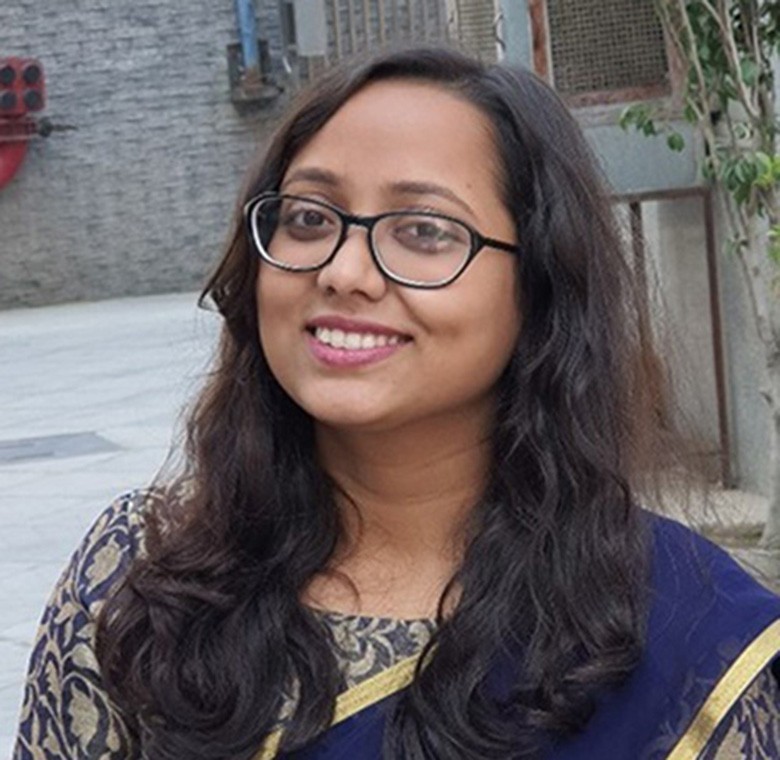Historical reflection
Malaria has been a matter of concern for India since decades. Though it is life-threatening, it can be prevented and cured. India saw the highest incidence of malaria post-independence, with an estimated case of 75 million and deaths of 0.8 million per year as stated by World Health Organization, Country Office for India. As a result of this National Malaria Programme was launched in April, 1953. The success of this programme led to remarkable decline in malaria incidence, almost close to elimination. Looking at this progress, India launched National Malaria Eradication Programme in 1958. Though the cases dropped initially, but then it went on a rising trend thereafter due to the setbacks in the programme and development of resistance to DDT. Malaria no longer remained restricted to rural areas but crossed all the boundaries and making India endemic to it.
Present-day reality & concentration to End Malaria
There has been a massive decline in the malaria cases over the past years in India. According to the World Health Organization World Malaria Report 2020, India contributed 2% to world’s total malaria cases and malarial deaths both. There was a decline of 17.6% in malaria cases from the year 2018 to 2019. States contributing the most to the malaria burden are Odisha (36%), Chhattisgarh (12%), Jharkhand (9%), Madhya Pradesh (9%) and Maharashtra (5%) and some north-eastern states such as Meghalaya, Mizoram and Nagaland due to wide coverage of forest and hilly areas. CHD Group recently held a India- South Africa bilateral public health dialogue to re-imagine priorities to End Malaria in India and South Africa amidst the COVID-19 Pandemic. Urgent steps will be required for India to meet the committed targets to end malaria in India and further to reduce the burden of other vector borne diseases.
Existential concerns
India’s diverse geography and climate distributes the species of parasite and vector over different regions. Two species: P. falciparum and P. vivax are majorly reported across India. Over the years, India has seen a decline in the cases of P. vivax and there has been an increase in the P. falciparum to P. vivax ratio. Treating all the species with the same drug has led to drug-resistance strains. Plasmodium resistance to Chloroquine was a major challenge which was overcome by change in treatment regimen to artesunate and sulfadoxine-pryrimethamine (SP). But the major threat now is resistance of the parasite to either of these drugs. To prevent and treat malaria in pregnancy, WHO recommends Intermittent preventive treatment (IPT) with SP. But emerging resistance to SP makes Artemisinin based Combination Therapy (ACT) the choice of treatment. Now, surfacing of artemisinin resistance cases is a matter of concern.
Indoor residual spraying (IRS) with insecticides and insecticide treated bed nets are the most effective methods of malaria prevention and has contributed hugely in decreasing the malaria burden. Resistance of vector mosquito to insecticide is yet another challenge. Report says the vector is becoming resistant to all the four classes of insecticide classified by WHO in different regions. Monitoring and modifying the use of insecticide might help overcome this problem.
The World Health Organization malaria report claimed that India’s malaria surveillance reported only eight percent of the actual malaria cases. Therefore, we should not be overwhelmed by the reported progress as these data can be misleading us. Transforming the malaria surveillance mechanism is utmost essential. Monitoring the asymptomatic cases and tracking drug resistance and vector resistance is very crucial in controlling malaria.
Earlier malaria was common to rural, forest and tribal areas. But now it has crossed all the boundaries. Urban malaria is unique to India. Rapid urbanization, growing number of slums, crowded and unhygienic living conditions along with unaffordable and poor access and to health care make the situation in urban areas worse. This makes malaria a multi-sectoral issue as it involves urban municipalities along with the health department.
Above all, Covid-19 pandemic has made the situation more difficult. The shifting of focus to Covid-19 has delayed the supply of commodities and has disrupted the access to care and treatment of the people suffering from malaria.
India’s Commitment to End Malaria
India has launched the National Framework for Malaria Elimination in 2016 and the National Strategic Plan 2017-2022. This came after East Asia Summit in Malaysia, 2015 where Prime Minister Modi set a goal of eliminating malaria in India by 2030. In spite of these programmes, the progress in malaria elimination has been constantly proliferating & the need to further strengthen the gains and consolidate the investment to end malaria should be stepped up.
The time to focus on malaria and other vector borne diseases in the context of a post COVID-19 world and a world inching closer to the 2030 Sustainable Development Agenda must be strongly prioritized without further delay.
About the Author:

Dr. Pritinanda Jethi
Dr. Pritinanda Jethi is a masters of public health candidate and a research intern at CHD Group.
Disclaimer: Views expressed are the authors own. CHD Group takes no liability on behalf or for the contents expressed.

Nice presentation 👍. Gives a good overview on malaria. Keep up the good work .
Great article on past progress. Could take this further with specfic article regards 2020 situation regards specfic outcome and impact targets proposed in India malaria elimination strategy 2017-2022 and specfic package of interventions required to accelerate and scale up towards increasing no of districts free of malaria.
Great insights on the ongoing scenario of Malaria in India. Good job author….! 🙂
Really liked the topic and the work from the author.